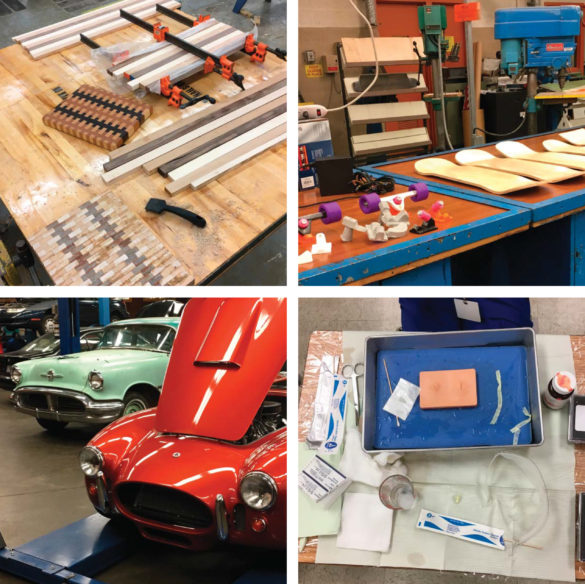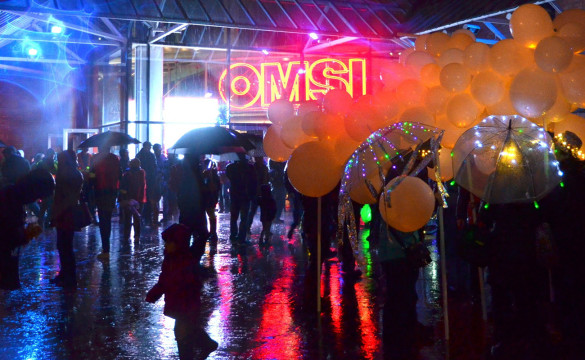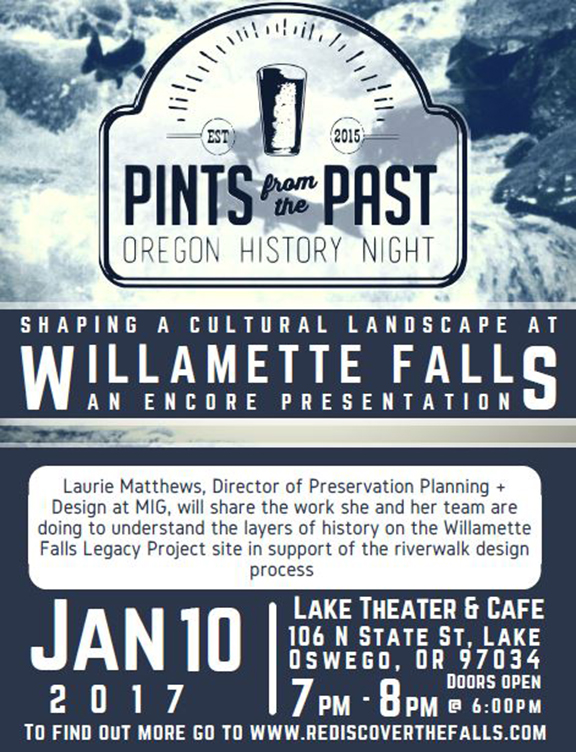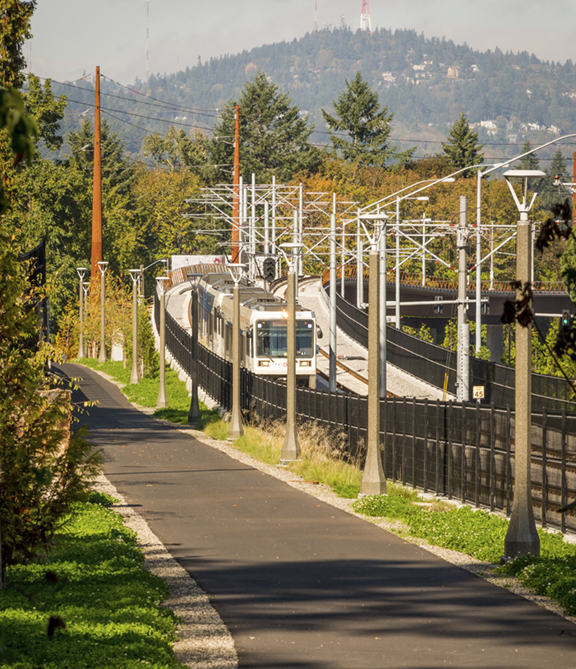In its 97th year, the Tech Show at Benson Polytechnic High School showcased student work in the Portland magnet school’s majors of arts, communications, health occupations, industry and engineering. As I perused the exhibits and presentations at the late February event, I was awed by the sophistication and breadth of hands-on learning opportunities. This is the high school experience I wish I’d had! Students showed me metalsmithing, skate board engineering, a scale model of the whole school, robots, lasers, light bulb puzzles, full sized kit cars, hand crafted wood furniture, radio programming, chicken breast suturing and wound packing, photography and graphic design. As part of the architectural team which is currently master planning the school’s modernization, I attended the show to better understand Benson’s programs. I left that evening with an incredible optimism for the next generation of innovators. I feel privileged to be designing the exterior collaborative learning environments that will support the technical and artistic endeavors of Benson’s future students.
As part of the architectural team which is currently master planning the school’s modernization, I attended the show to better understand Benson’s programs. I left that evening with an incredible optimism for the next generation of innovators. I feel privileged to be designing the exterior collaborative learning environments that will support the technical and artistic endeavors of Benson’s future students.
Portland Winter Light Festival Lantern Parade Debut
 On February 1-4, Portlanders converged at the OMSI waterfront and satellite locations to experience light-based installations during the second annual Portland Winter Light Festival. The art lantern parade was the highlight of the final night despite the pouring rain. The glowing procession of light, color and music was led by the drum beat of the Misty Krew of Nimbus. A tribute to the event logo, Mayer/Reed’s five glowing balloon “clouds” floated above whimsical creations along the parade route. We are proud to be a festival sponsor and the lantern parade co-organizer for an event that brings the community together to celebrate creativity and innovation.
On February 1-4, Portlanders converged at the OMSI waterfront and satellite locations to experience light-based installations during the second annual Portland Winter Light Festival. The art lantern parade was the highlight of the final night despite the pouring rain. The glowing procession of light, color and music was led by the drum beat of the Misty Krew of Nimbus. A tribute to the event logo, Mayer/Reed’s five glowing balloon “clouds” floated above whimsical creations along the parade route. We are proud to be a festival sponsor and the lantern parade co-organizer for an event that brings the community together to celebrate creativity and innovation.
Encore “Pints from the Past” Shares Willamette Falls Cultural History

Due to overwhelming interest in the Pints from the Past community event featuring the Willamette Falls Legacy Project’s cultural landscape report, an encore will be held on January 10, 2017 at Lake Theater & Cafe in Lake Oswego. All are welcome, admission is free, no tickets required!
Laurie Matthews, Director of Preservation Planning and Design at MIG, will present her work to create a cultural landscape report for the Willamette Falls Legacy Project which will inform the riverwalk design process.
Rail~Volution 2.0 – the Next Revolution
This year’s Rail~Volution Conference in San Francisco was particularly timely and ambitious. The conference grabbed the housing crisis by one ear, public transit by the other ear and pulled them into a room for a little talk—for a week. What ensued, Congressman Earl Blumenuer called Rail~Volution 2.0—the next revolution.
After attending numerous presentations and experiencing first-hand the results of the Bay Area’s overloaded transit system and housing crisis, it was clear to me there were lessons to be learned. Much like the Bay Area, exploding real estate values in the Portland metropolitan region have displaced many with lower and middle incomes to the urban fringe. In these peripheral communities there is a critical need for transit to help people reach their jobs, which tend to cluster in regional centers. In this case, public transportation isn’t a fringe benefit for the sustainably-minded, but a necessity.
While at the conference I saw how affordable housing was incorporated into transit-oriented developments in Oakland and Fremont. These investments did not come easily. Community groups, transit agencies, developers, municipalities and financial institutions each played a critical role in sharing responsibility and leveraging public-private partnerships. Yet the most affordable transportation choices—walking and biking—were not always embraced in the projects. The transit station may link to jobs in the city, but walking to the store is still risky.

As we grow, let’s not repeat this mistake in our region in the Pacific Northwest. Let’s look beyond buildings and recognize that issues of affordability and geographic equity don’t end at the front door or even with a nearby light rail station. All residents, but particularly those with low and middle incomes, benefit from pedestrian-oriented neighborhoods that provide safe daily connections to schools, daycare, services, shopping and parks. Our cities should adopt holistic policies that plan affordable housing together with improvements to sidewalks, neighborhood greenways, safe route to schools, traffic calming, separated bicycling facilities, recreational trails and the like. Partners in active transportation are well positioned to elevate the conversation from rote affordability to measures of livability. If there is to be a revolution, let’s design an urban environment that sustains it.
